Introduction
A 360-degree appraisal (also called multi-rater or full-circle feedback) collects performance insights about an employee from a complete “circle” of contributors: the employee themself, their manager, direct reports, peers, and relevant customers or cross-functional partners. When designed well, 360s sharpen self-awareness, strengthen leadership behaviors, and turn performance management into a continuous, developmental conversation.
Below is a practical, step-by-step playbook you can use to design, launch, and sustain a high-trust, high-impact 360-degree appraisal program.
What a 360-Degree Appraisal Is (and Isn’t)?
When it comes to performance reviews, a 360-degree appraisal often gets misunderstood. Let’s break it down:
What It Is:
- Focused on behavior and competencies – It looks at how an employee demonstrates skills, attitudes, and teamwork, not just their output.
- A tool for growth and development – The main purpose is to help employees identify strengths and areas for improvement.
- Multi-source feedback – Instead of relying only on the manager’s opinion, it gathers insights from peers, subordinates, supervisors, and sometimes even clients.
- A well-rounded view – It highlights blind spots and strengths that might be missed in a traditional review.
What It Isn’t:
- Not a replacement for the manager’s review – It complements, rather than replaces, a formal performance evaluation.
- Not an unstructured opinion box – Feedback should be specific, constructive, and based on observed behavior, not personal bias.
- Not a quick fix – One round of feedback doesn’t change behavior. It works best when combined with coaching, follow-ups, and ongoing development.
Key Principle:
The goal of a 360-degree appraisal is to create actionable feedback that drives improvement and future success, not to criticize or dwell on the past.
Benefits of 360-Degree Appraisals

A traditional performance review usually gives you one perspective, that of the manager. While useful, it doesn’t always capture the full picture of how an employee is performing in different contexts. That’s where 360-degree appraisals come in. By collecting feedback from multiple sources, they create a more balanced, fair, and development-focused assessment.
Here are some of the key benefits:
- Richer insight – Feedback from peers, subordinates, managers, and even external stakeholders reduces bias and provides a more accurate performance snapshot.
- Better self-awareness for leaders – Helps individuals understand how their behavior impacts others, making coaching and self-improvement more targeted.
- Culture of feedback – Encourages open dialogue, continuous feedback, and a more transparent workplace.
- Stronger collaboration – Highlights friction points across teams while also recognizing effective teamwork, paving the way for smoother collaboration.
- Succession planning – Identifies high-potential employees who may be ready for bigger or more strategic roles.
- Boosts employee engagement – When people feel their voice is heard in someone’s evaluation, they feel more valued and included.
- Supports personal development plans – Feedback highlights not just weaknesses but also strengths, which can be used to build tailored training or mentoring programs.
- Encourages accountability – Knowing feedback will come from multiple directions motivates employees to maintain consistency in behavior and performance.
- Builds trust in the review process – Multiple perspectives reduce the chance of favoritism or bias, making employees feel the process is fairer.
TeamLease Digital helps organizations create feedback-driven cultures by providing tools and expertise for continuous performance improvement.
Knowing the advantages is one thing, but applying them effectively is where most companies struggle. To bridge this gap, let’s walk through a practical step-by-step implementation plan.
Step-by-Step Implementation Plan

Rolling out a 360-degree appraisal system can feel overwhelming at first, but breaking it down into clear steps makes the process smooth and manageable. A well-structured plan ensures that feedback is collected fairly, interpreted correctly, and used to drive real improvement. Below is a step-by-step guide to help organizations implement the process effectively.
Step 1: Clarify Objectives and Scope
- Decide the purpose. Is the 360 primarily for development (recommended), performance calibration, or both?
- Select the population. Pilot with a leadership cohort or a critical function; roll out in waves.
- Define cadence. Typical: annually for leaders, biennially for wider groups; avoid peak workload periods.
Deliverables: Program charter, business outcomes (e.g., increase leadership effectiveness scores by X%), metrics dashboard outline.
Step 2: Build a Competency Model and Survey
- Choose 4–7 core competencies (e.g., Customer Focus, Collaboration, Strategic Thinking, Results Orientation, People Leadership).
- For each competency, include 3–5 behavior statements with a Likert scale (e.g., 1–5: “Almost never” → “Almost always”) plus one open-text prompt.
Sample behavior items (Collaboration):
- “Invites input from diverse stakeholders before making decisions.”
- “Takes accountability for team outcomes; avoids blame.”
- “Proactively resolves conflicts with empathy and facts.”
Open-text prompts:
- “What is one behavior this leader should do more of?”
- “What is one behavior this leader should do less of?”
- “Share an example that best illustrates this leader’s impact.”
Tip: Use neutral, observable verbs (“demonstrates,” “follows through”) and avoid trait labels (“is charismatic”).
Step 3: Choose a Technology and Data Standards
- Platform capabilities to seek: rater nomination workflow, anonymity controls, automated reminders, manager dashboards, norming analytics, exportable reports.
- Data protections: consent language, data retention period (e.g., 24 months), access controls, and anonymity thresholds (no single rater’s data identifiable).
- Interoperability: ability to tag results to HRIS fields (level, function, location) for aggregate analytics without exposing individuals.
Deliverables: Tool selection, DPA (data processing agreement), privacy notice, retention policy.
Step 4: Communication & Change Management
- Message the “why.” Position the 360 as an investment in growth; outline protections and how results will be used.
- Segmented comms: separate guides for participants, raters, and managers.
- Timeline overview: key dates, time commitment (~10–15 minutes per survey), and what to expect next.
Sample launch note (manager version):
“Your role is to help interpret the report, co-create a development plan, and reinforce progress. The 360 is not a stand-alone rating; it’s one input into ongoing coaching.”
Step 5: Rater Selection and Training
- Nomination rules: Aim for 10-15 raters per participant, across groups:
- 1-2 managers (current/skip)
- 4-6 peers/cross-functional partners
- 3-5 direct reports (if applicable)
- 2-3 internal clients or customers (role-dependent)
- Training: 30-45 minute micro-sessions on:
- Giving behavior-based feedback
- Avoiding common biases (recency, halo/horns, affinity)
- Writing specific, respectful comments
Anonymity tip: Maintain at least 3 raters per group to report that group; otherwise collapse to “Other.”
Step 6: Field the Survey
- Duration: Keep the window 10-14 days with 2-3 automated reminders.
- Design: Mobile-friendly; progress indicator; save-and-return.
- Support: Help desk for access issues; FAQs linked in email invites.
Quality check: Monitor completion rates daily; nudge low-response cohorts.
Step 7: Reporting & Insight Delivery
- Individual reports should include:
- Overall competency scores vs. organization norms
- Self vs. others gap analysis
- Heat map by rater group
- Top-3 strengths and Top-3 opportunities
- Themed synthesis of open comments (e.g., 3 themes with exemplars)
- Action planning worksheet
- Manager dashboards (for their team) with no raw comments; only aggregated insights.
- Organizational analytics: trends by level/function, systemic strengths/gaps, correlations with engagement/productivity.
- Protect identities: Never show group scores for groups <3; blur small-n via suppression rules.
Step 8: Debrief and Development Planning
- 1:1 debriefs (60 minutes) with a manager or certified coach:
- Preview – frame as growth-oriented.
- Reflect – compare self-ratings to others.
- Prioritize – choose 1-2 focus behaviors (not 10).
- Plan – define SMART actions and success measures.
- Development plan template (one-page):
- Focus behavior (e.g., “Delegate more effectively”)
- Why it matters (impact statement)
- 3 concrete actions (e.g., weekly delegation cadences, define decision rights)
- Resources (mentor, course, book, coach)
- Checkpoints (30/60/90 days)
- Success metric (e.g., team ownership scores ↑ by X%)
Rule of thumb: Depth beats breadth. Two behaviors changed well > ten named and forgotten.
Step 9: Follow-Through & Reinforcement
- 30/60/90-day check-ins on the plan.
- Feed-forward mini-loops: brief pulse surveys or quick rater check-ins on specific behaviors.
- Learning nudges: micro-content or practice labs aligned to the focus areas.
- Recognition: Call out visible behavior changes in team forums to reinforce the right signals.
Step 10: Evaluate Program Effectiveness
Create a simple outcomes dashboard:
Adoption & Quality
- Invite acceptance rate
- Rater completion rate
- Average comments per participant
- Survey time to complete
Behavior Change
- Self-reported progress on goals (30/60/90)
- Follow-up pulse improvement on target behaviors
- Manager observation scores
Business Impact (where appropriate)
- Team engagement/ENPS movement
- Reduction in regrettable attrition
- Collaboration/hand-off cycle time
- Customer satisfaction for customer-facing roles
Program Health
- Anonymity breaches (target: zero)
- Bias flags (rating distribution by demographics)
- Participant satisfaction with the process
Not sure where to begin? TeamLease Digital offers end-to-end HR support to design, implement, and manage effective 360-degree appraisal systems.
However, even the most well-designed appraisal system can lose its credibility if bias creeps in. That’s why it’s equally important to focus on bias mitigation strategies.
How to Reduce Bias in 360-Degree Feedback?

To make sure the feedback is fair, reliable, and genuinely helpful, organizations need to put guardrails in place. A bias-mitigation checklist helps ensure that results reflect true performance and behavior, not personal preferences or judgment errors.
Checklist for Minimizing Bias in 360-Degree Appraisals:
- Educate raters on common biases: Cover halo/horns effect, recency bias, leniency/stringency, and similarity/affinity bias through short training sessions.
- Use behavior-based criteria: Frame evaluations around specific, observable actions instead of subjective traits.
- Set minimum rater requirements: Collect feedback from multiple raters to avoid skewed results from a single perspective.
- Suppress small sample sizes: Avoid reporting results when feedback comes from very few people to maintain anonymity and reliability.
- Compare self-ratings with others: Encourage reflection by showing where self-perception aligns or clashes with peer and manager feedback.
- Balance qualitative and quantitative data: Combine rating scales with structured comments to add context and reduce over-reliance on numbers.
- Audit feedback across groups: Regularly check for demographic patterns that may reveal unconscious bias or systemic disparities.
- Rotate raters over time: Ensure diverse input by including different colleagues in each review cycle, not the same group every year.
- Use technology for consistency: Leverage appraisal platforms that anonymize responses and flag unusual rating patterns.
Once bias is minimized, the next big question arises. Should 360-degree appraisals influence pay and compensation? Let’s break down the best practices here.
Should 360-Degree Feedback Affect Pay and Promotions?

One of the most debated questions around 360-degree appraisals is whether they should directly influence compensation and career progression. The general best practice is to keep 360s primarily developmental, a tool for growth, self-awareness, and coaching rather than a high-stakes performance evaluation.
However, if your organization’s governance model or culture requires tying them to performance decisions, a balanced approach works best:
- Apply only modest weight: Use 360 results as a small portion of the overall evaluation (typically 10–20%), alongside business outcomes, individual goals, and the manager’s assessment.
- Rely on aggregated results: Share only consolidated competency ratings, not individual open comments, to avoid misinterpretation or undue influence.
- Offer transparency and recourse: Build in an appeal or clarification process so employees can address concerns about their feedback.
- Pair with coaching: Ensure employees receive developmental conversations alongside any evaluative use, so the focus remains constructive.
This balanced method safeguards fairness while still making the most of the valuable insights 360-degree reviews provide.
If you’re considering linking appraisals with compensation, TeamLease can help you design policies that balance performance insights with fairness.
Key takeaways
The 360 degree appraisal method:
- Collects well-rounded feedback from multiple sources.
- Reduces bias and increases fairness.
- Boosts self-awareness and leadership growth.
- Builds a culture of continuous feedback.
- Supports collaboration and succession planning.
- Works best for development, not direct pay decisions.
Conclusion
360-degree appraisals are most effective when treated as a development tool rather than a judgment exercise. By gathering insights from multiple perspectives, organizations can uncover strengths, identify blind spots, and build a culture of continuous feedback.
When implemented fairly and thoughtfully, 360s not only improve individual performance but also strengthen collaboration, leadership, and long-term organizational growth.
Ready to build a feedback culture? Connect with TeamLease to implement effective appraisal strategies that truly make a difference.
Frequently Asked Questions
1. How often should a 360-degree appraisal be conducted?
Most organizations run them once a year, but for fast-changing roles or leadership programs, a 6–9 month cycle works better.
2. Who should be included as raters?
Ideally, a mix of managers, peers, direct reports, and sometimes customers or external partners who regularly observe the employee’s behavior.
3. How do you ensure participants give honest feedback?
Anonymity is key. Using a trusted third-party platform or assuring confidentiality encourages candid responses.
4. Can 360-degree feedback work in small teams?
Yes, but you may need to widen the pool beyond the immediate team such as including cross-functional colleagues or clients to avoid skewed results.
5. What’s the best way to introduce 360s to employees for the first time?
Start with clear communication: explain the purpose, stress confidentiality, and emphasize development over evaluation. Running a pilot with one department can help ease the transition.
6. What role should HR play in the process?
HR should act as facilitators designing the process, ensuring fairness, providing training, and supporting managers in coaching conversations after feedback.
7. How do you handle negative or harsh feedback?
Aggregate it, frame it constructively, and deliver it through coaching sessions rather than raw comments. This prevents discouragement and makes feedback actionable.







